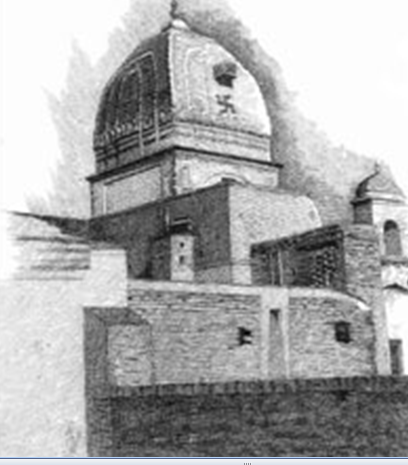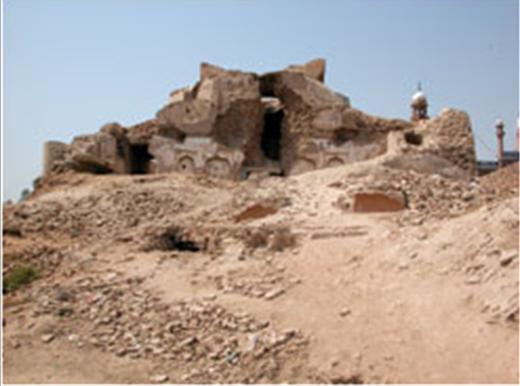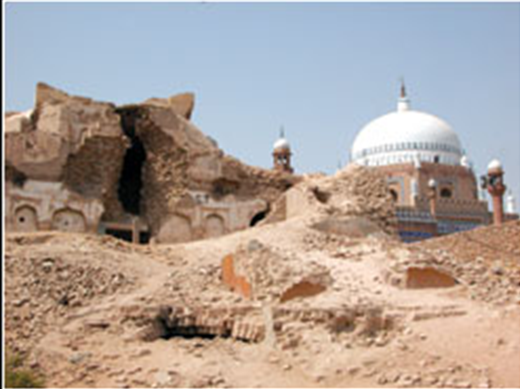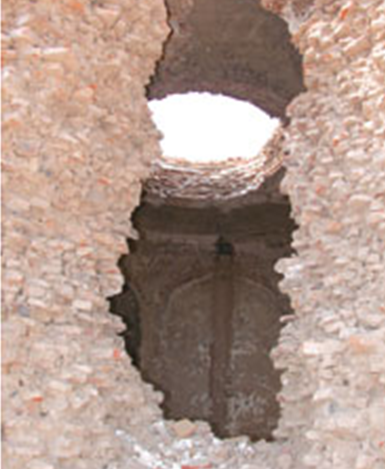Multan: Perhaladpuri temple
This is a collection of articles archived for the excellence of their content. Readers will be able to edit existing articles and post new articles directly |
Multan: Perhaladpuri temple
A temple with a story
By Text and photographs by Shakeel Ahmed
On the northern side of the shrine of Bahauddin Zakariya Multani, remains of a temple considered one of the holiest places by Hindus, can be found near Multan.
This historic Perhaladpuri temple was demolished 14 years ago when mobs attacked and destroyed it after the demolition of Babri mosque, in Ayodhya, on December 16, 1992. The temple had spacious underground avenues and a conical pillar with a height equal to the dome of Hazrat Ghaus Bahauddin Zakariya, and had an idol of a deity, Nar Singh, placed inside. Hindus celebrated a fair here every year in the month of Jeth, the third month of the Hindu calendar falling in May and June.
After the Muslim conquest, when Bahauddin Zakariya built a mosque in the area, he laid down the foundation stone of the mosque in such a way that the temple and the mosque shared a common wall. This is indicative of the great amount of tolerance both the communities had for each other.
In 1860, the spire of the temple was further elevated to make the temple more prominent. The historical temple was built by Perhalad Bhagat who was the son of Kashyap and the sovereign of Kashyap Pur, present Multan, around 1550BC.
According to Hindu mythology, Kashyap was a pious man who had devoted himself to the worship of Brahma. Pleased with this, Brahma granted his wish not to take his life in the day nor in the night or with any type of weapon.
Soon after, Kashyap declared himself a god and ordered his people to worship him, but his son Perhalad disowned his claim. This enraged Kashyap and he decided to kill him with the help of his sister, Holka.
As fire was not effective on goddess Holka, she asked her brother to put Perhalad in a fire with her so that she could hold him till he burnt to death. But she had forgotten that when a man touched her she would no longer be immune to fire.
Holka was burnt to death while Brahma spared Perhalad who became the sovereign of Kashyap Pur after the death of his father at the hands of Brahma himself when he appeared as a man with the head of a lion and killed Kashyap with his claw, as he could not kill him with a weapon as promised, at dusk, which was neither day nor night.
At Kashyap’s death and Perhalad’s victory, the people of Multan started the Holi festival by throwing colours on one another. Hindu devotees from all over Pakistan and India, visited the temple but, after its demolition, they have stopped coming.
The Hindu community of Multan has demanded the renovation of the temple. There is a need to preserve the temple because of both its historical and religious significance.



